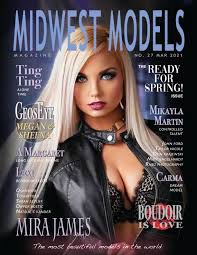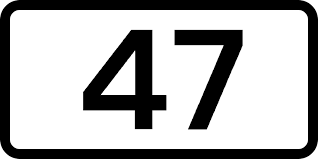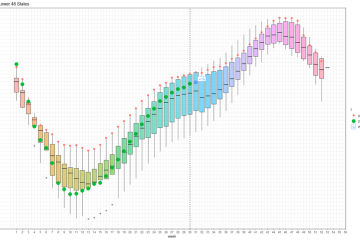Understanding the Midwest: Culture and Economic Dynamics

Introduction
The Midwest region of the United States, known for its diverse culture and robust economy, plays a crucial role in the national landscape. Encompassing states like Illinois, Ohio, and Michigan, the Midwest is often referred to as the “heartland” due to its central location and historical significance in agriculture and manufacturing.
Key Events and Economic Factors
In recent years, the Midwest has witnessed significant shifts in its economic landscape. The COVID-19 pandemic had a substantial impact on various sectors, prompting a cultural and economic transformation. Retail and hospitality, which are vital to cities like Chicago and Minneapolis, faced unprecedented challenges, yet began to show signs of recovery in 2023. According to the Bureau of Economic Analysis, the Midwest experienced a recovery growth rate of 4.2% in GDP in the first half of 2023, showcasing resilience amidst adversity.
The region thrives on a mix of traditional industries and emerging sectors. Agriculture remains a cornerstone of the Midwest economy, particularly in states like Iowa and Nebraska, which lead the nation in corn and soybean production. However, technology and healthcare are also gaining momentum, with cities like Indianapolis emerging as tech hubs, attracting both investment and talent.
Cultural Significance
The rich cultural tapestry of the Midwest is reflected in its festivals, art, and culinary scene. States such as Wisconsin are famous for their cheese production and festivals celebrating local heritage. The Great Lakes region not only offers natural beauty but also provides recreational opportunities that contribute to tourism, which is a vital economic driver.
Furthermore, the Midwest has a strong sports culture with passionate fan bases supporting teams from the NFL, NBA, and MLB. Events like the Indianapolis 500 further showcase the unique enthusiasm and identity of the people in this region.
Conclusion
The Midwest is an economically significant region that embodies a blend of traditional values and modern innovation. As it continues to adapt to challenges and seize new opportunities, the future of the Midwest looks promising. Economic forecasts suggest continued growth, especially as the area harnesses its agricultural heritage while integrating new technologies. For residents and investors alike, understanding the dynamics of this region is essential for tapping into its potential.









